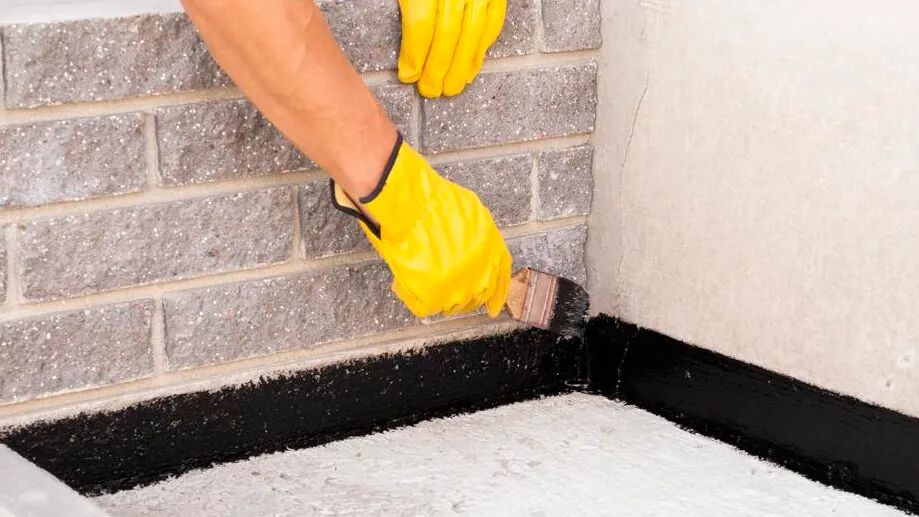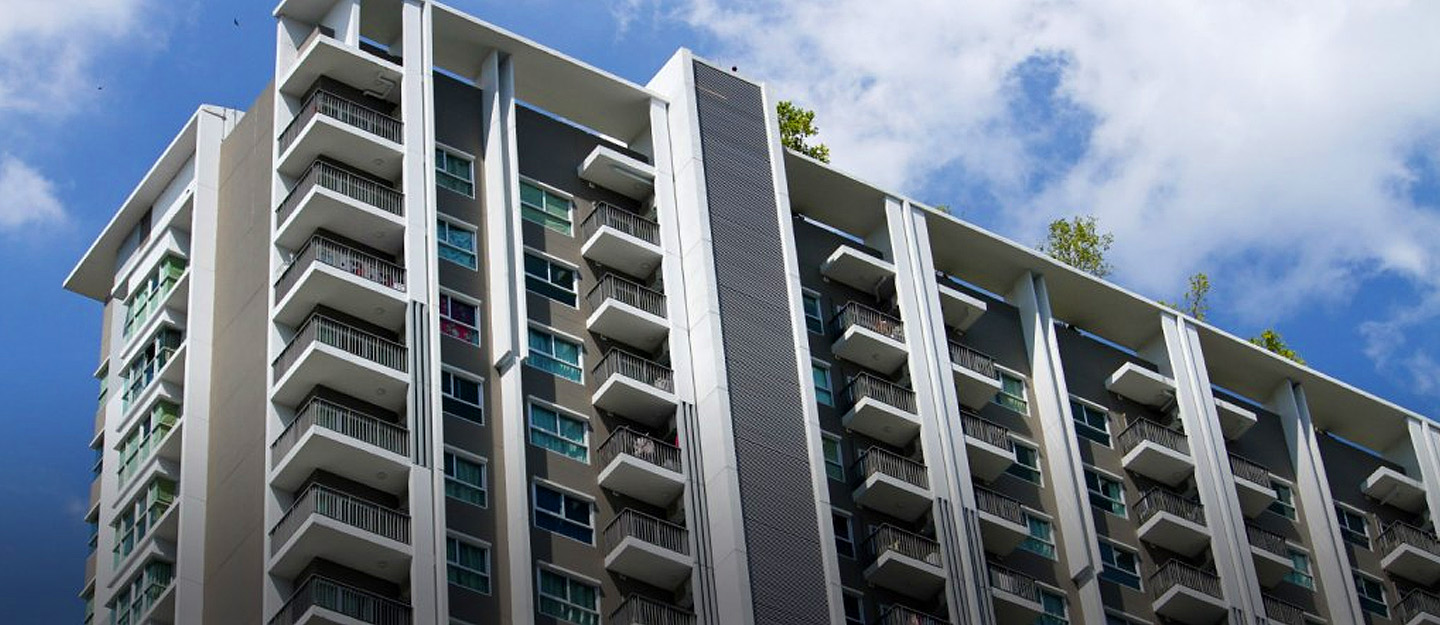The Ultimate Guide To Waterproofing Your Home: Tips And Tricks
A leaky home can be a homeowner’s nightmare. Water damage not only compromises the structural integrity of your property but also leads to mold growth, unpleasant odors, and costly repairs. That’s why it’s crucial to take proactive measures to waterproof your home and protect it from water intrusion. When it comes to expert advice and reliable waterproofing solutions, one name stands out: astewartroofing With their extensive experience and dedication to customer satisfaction, astewartroofing has become a trusted leader in the industry. In this ultimate guide, we will explore some valuable tips and tricks to help you waterproof your home effectively. Visit astewartroofing.com for more details.
Identify Vulnerable Areas:
The first step in waterproofing your home is to identify the areas most susceptible to water intrusion. Check for signs of leaks, such as water stains, peeling paint, or mold growth. Commonly vulnerable areas include basements, crawl spaces, roofs, windows, and doors. Take note of these areas to prioritize your waterproofing efforts.
Maintain Your Gutters And Downspouts:
Properly functioning gutters and downspouts are essential for redirecting rainwater \away from your home. Regularly clean your gutters to remove debris that can cause clogs and overflow. Ensure that downspouts extend at least five feet away from the foundation to prevent water from pooling near the house.
Seal Cracks And Gaps:
Inspect your home for any cracks or gaps in the foundation, walls, windows, and doors. These openings can be entry points for water during heavy rain or flooding. Use an appropriate sealant or caulk to fill in these gaps and prevent water seepage. For larger cracks, consider a professional like Bronx roofer assistance to ensure a durable and long-lasting repair.
Waterproof Your Basement:
Basements are highly prone to water damage due to their below-ground level. Start by checking for signs of water penetration, such as dampness or water stains. Apply waterproofing paint or sealant on the walls and floors to create a barrier against moisture. Consider installing a sump pump and a perimeter drainage system to effectively manage any water buildup.
Improve Exterior Drainage:
Water pooling around the foundation can lead to significant problems over time. Grade the soil away from your home’s foundation to ensure proper drainage. Installing French drains or drain tiles can also help to redirect water away from vulnerable areas. Additionally, consider landscaping options that promote water absorption, such as using gravel or permeable pavers.
Inspect And Maintain Your Roof:
A well-maintained roof is crucial for preventing water leaks. Regularly inspect your roof for damaged or missing shingles, cracks, or gaps around chimneys and vents. Replace any damaged materials and ensure proper flashing installation. Keeping your roof in good condition will minimize the risk of water intrusion.
Test Window And Door Seals:
Faulty window and door seals can allow water to seep into your home, causing damage and energy loss. Inspect the seals for any cracks or gaps and replace them if necessary. Consider adding weatherstripping to improve the seal and prevent drafts.
Install Proper Ventilation:
Inadequate ventilation can lead to moisture buildup in your home, promoting mold growth and damaging your property. Install exhaust fans in bathrooms, kitchens, and laundry rooms to remove excess moisture. Additionally, ensure that your attic is properly ventilated to prevent condensation and maintain a dry environment.
Consider Interior Waterproofing Measures:
In addition to external waterproofing, certain measures can be taken inside your home to further protect against water damage. Use water-resistant materials, such as moisture-resistant drywall, in areas prone to moisture, like bathrooms or basements. Install a water alarm system that alerts you to leaks or excessive moisture levels. These interior measures provide an added layer of protection.
Regular Maintenance And Inspections:
Prevention is always better than dealing with extensive water damage. Establish a routine for regular maintenance and inspections of your home’s waterproofing
Conclusion
In conclusion, waterproofing your home is a crucial investment that safeguards your property from water damage and its associated problems. By following the tips and tricks outlined in this ultimate guide, you can significantly reduce the risk of water intrusion and maintain a dry, secure, and healthy living environment.
Remember to identify vulnerable areas, such as basements, roofs, windows, and doors, and take proactive measures to seal cracks and gaps. Keep your gutters and downspouts well-maintained to ensure proper water drainage. Waterproofing your basement, improving exterior drainage, and inspecting and maintaining your roof are all essential steps in protecting your home.
Don’t overlook the importance of interior waterproofing measures and regular maintenance and inspections. By using water-resistant materials, installing proper ventilation systems, and conducting routine checks, you can detect and address potential issues before they escalate into major problems.
Waterproofing your home is an investment in its long-term health and value. By implementing these tips and tricks, you can enjoy peace of mind knowing that your home is well-protected against water intrusion and its detrimental effects. Stay proactive, stay vigilant, and enjoy a dry and secure living space for years to come.


Post Comment